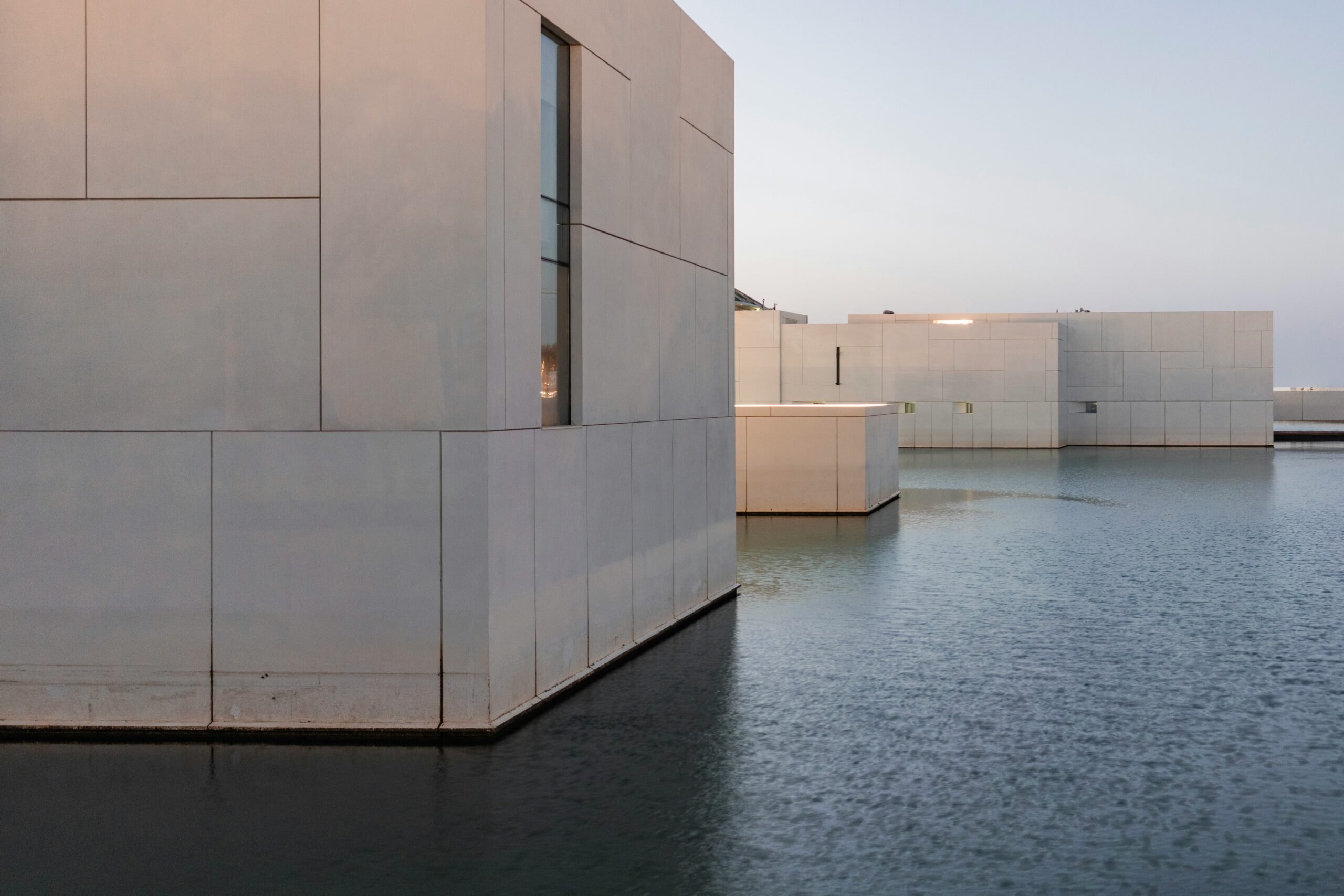
Masdar City and Beyond: The Rise of Sustainable Smart Communities in Abu Dhabi
Oct 20, 2025 - 8 m. reading time
The convergence of sustainability and technology is reshaping residential development worldwide. Abu Dhabi’s approach to sustainable smart communities demonstrates how environmental performance can be integrated with advanced infrastructure at scale, offering insights for development projects across diverse markets.
Masdar City: A Development Case Study
Launched in 2006 with a $22 billion budget, Masdar City represents one of the most comprehensive attempts to create a sustainable urban community from inception. As of 2025, approximately 15,000 people live and work across the 3.8 square kilometer site. The project has achieved LEED Communities Platinum Certification, becoming the highest scoring and largest certified LEED Platinum Community in the UAE.
Performance Metrics
In 2024, Masdar City achieved a 22.7% reduction in energy use intensity, saved 30,892 cubic meters of water, cut water consumption by 13.1%, and diverted 56.2% of waste through recycling. Buildings use 40% less energy than the Abu Dhabi average through passive design features. The community produces 17,500 MWh of clean electricity annually through solar infrastructure.
Technical Implementation
The Downtown area is elevated on a seven-meter podium and oriented to capture desert winds, creating temperatures approximately 10 degrees cooler than downtown Abu Dhabi. Building design incorporates optimal window-to-facade ratios, angled shades, and sustainable materials including recycled aluminum and low-carbon concrete.
Current projects include The Link, a 30,000 square meter mixed-use development with CO-LAB at its center – a net-zero energy space designed to generate 233,696 kWh of excess clean energy annually.
Abu Dhabi’s Development Framework
Masdar City operates within Abu Dhabi’s Vision 2030, which has seen $2.4 billion invested in smart city initiatives since 2015. All building developments must be certified through the Estidama Pearl Building Rating System, with minimum requirements reducing energy and water consumption by over 33% from baseline levels.
Abu Dhabi’s Energy Strategy 2050 aims to generate 55% of electricity from clean sources by 2025 and triple renewable energy’s share by 2030. The Department of Municipalities and Transport has developed comprehensive digital platforms including LivAI, a 3D digital twin providing real-time quality of life insights.
Other Sustainable Developments
The Sustainable City – Yas Island provides residents with clean energy, locally grown food, recycled water and emissions-free mobility options, representing Abu Dhabi’s first sustainable development on the iconic island.
Emerging Projects: Abu Dhabi plans to deliver 170,000 new residential units by 2030, with 40% designated as affordable housing. Projects across Hudayriyat Island, Al Fahid Island, Al Reem Island, and Saadiyat Island showcase smart urban planning blending lifestyle, culture and sustainability.
Global Market Context
The sustainable smart city market is expected to grow from $850.565 billion in 2025 to $1.91 trillion by 2030, at a CAGR of 17.65%. Over 57% of the world’s population lived in urban areas in 2024, creating demand for smart solutions.
International Examples: Singapore’s Smart Nation initiative focuses on solar-powered grids and IoT-enabled waste management. India’s Smart Cities Mission allocated $12 billion for 100 smart cities. Copenhagen targets carbon neutrality by 2025 through smart grids and electric vehicle infrastructure. Barcelona’s IoT sensors optimize lighting and parking citywide.
The smart buildings market will expand from $111.51 billion in 2025 to over $277.92 billion by 2034, reflecting demand for integrated building management systems.
Development Considerations
Investment Profile: Sustainable smart communities require significant upfront investment but deliver 20-40% operational cost reductions through energy-efficient systems. Green-certified properties command price premiums and enhanced market appeal.
Technical Requirements: Successful projects need integrated planning across energy systems (renewable generation, smart distribution), water management (conservation, recycling), waste management (sorting, tracking), and digital infrastructure (fiber optics, 5G, IoT sensors).
Certification: Multiple frameworks apply including LEED Communities and Estidama Pearl Rating System. High-level certifications require detailed documentation throughout design, construction, and operational phases but provide market differentiation.
Key Implementation Lessons
Integrated Planning: Abu Dhabi’s successful developments incorporate environmental performance and smart technology from initial planning stages, allowing optimal system integration.
Economic Viability: Recent projects balance environmental goals with commercial reality through phased development, proven technology selection, mixed-use programming, and lifecycle cost analysis.
Local Adaptation: Solutions must address specific climate, culture, and market conditions. Masdar City’s design specifically addresses Abu Dhabi’s desert environment through passive cooling, water conservation, and appropriate materials.
Functional Communities: Beyond technology, successful developments require public spaces encouraging interaction, convenient access to services, green spaces, and cultural facilities supporting community formation.
Market Outlook
Abu Dhabi’s real estate market recorded AED 52 billion in total transactions during Q1 and Q2 2025, a 39% increase year-over-year. Future residential supply is estimated to increase by 4.6% by 2028, adding 45,000-55,000 units, with significant portions incorporating sustainable design and smart technology as standard features.
Urban populations are projected to surpass 6.5 billion by 2030, driving demand for resource-efficient development. Climate concerns and regulatory requirements are accelerating adoption of sustainable building practices globally.
Conclusion
Abu Dhabi’s development of Masdar City and other sustainable smart communities provides practical insights for residential projects worldwide. Quantifiable performance data demonstrates that comprehensive sustainability integration achieves substantial resource consumption reductions while maintaining livability.
The technical approaches, combining passive design with active technology systems, integrating renewable energy with smart distribution and creating digital infrastructure for real-time optimization, offer a framework applicable across diverse markets.
As urbanization accelerates and sustainability requirements strengthen, the integration of environmental performance with smart technology will increasingly define competitive residential development. Success requires integrated planning from inception, balance of environmental goals with economic realities, adaptation to local conditions and focus on creating functional communities beyond technological capabilities.
The sustainable smart community model represents both environmental responsibility and sound development strategy for projects positioned to meet evolving global real estate market requirements.
